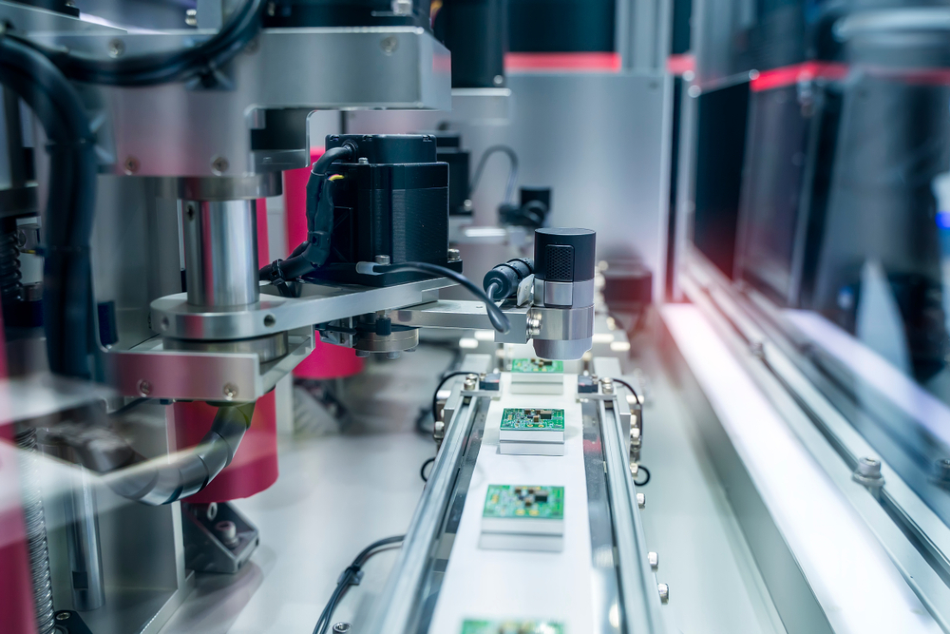
Image Credit: asharkyu/Shutterstock.com
Characterization is an important segment of materials science. It refers to the process of measuring and quantifying various significant features of a material, such as:
- Structure
- Properties
- Composition
- How the material degrades
- If it leaches substances
- Its interactions with other materials
- If it leaves residue or contaminants
Gaining an understanding of these features is vital to using materials effectively and safely in engineering.
Why is the Characterization of Materials Important?
Materials characterization is increasingly important, particularly in the biomedical field where materials that are intended to be used inside the human body need to first be tested to establish their biocompatibility. Any new medical device must be tested to establish how it will impact the body. Characterization of the material can allow researchers to understand if a material could have adverse effects on the body before human trials begin.
Within other industries, materials characterization is also vital to understanding if the material will be suitable for its intended purpose. It can also answer questions such as; how sustainable is the product quality over time, and what will the longevity of the product be? It can also flag if there are any concerns about the product becoming toxic.
How to Conduct Materials Characterization
There are a number of techniques that can reliably be used to conduct materials characterization. The chosen technique is often dependent on the type of material and its intended use.
Methods of conducting materials characterization include:
- Electron and optical microscopy
- Diffraction techniques
- Spectroscopic techniques
- Electrical and magnetic techniques
- Thermal techniques
- Mechanical testing
These methods can probe and measure the material to give scientists an understanding of if they are fit for purpose.
Significant advancement has been made in the method of materials characterization. Scientists have developed a way to incorporate sensors into materials characterization to improve the accuracy of data collected, and help scientists gain a deeper understanding of the characteristics, structure, and interactions of specific materials.
Using Sensors to Enhance the Characterization of Materials
This year, an international team of researchers in Canada and Saudi Arabia published a paper in the journal Sensors, describing how they developed a method of intelligent sensing using multiple sensors for the characterization of materials. They used microwave sensors for their ability to be miniaturized, their inexpensiveness, rapid response, high sensitivity, and suitability for real-life and in-the-field applications.
The concept was simple; they observed responses from multiple closely distanced sensors over a wide frequency range. The responses from the microwave sensors were characterized as vectors that were used to construct and test over 200 models that were built using neural network methods. The researchers then increased the sensitivity of the system over wider frequency bands using multiple identical electrically-small resonators.
PCB technology was used to construct the sensor system, which recorded data using a vector network analyzer. Following this, models were created by utilizing the Bayesian regulation backpropagation artificial neural network (BRANN). These models were tested in their capabilities to characterize fluids.
Using fairly small datasets the process of using the vectors of many components as inputs generated enough information for the BRANN to construct models with very high levels of accuracy, from 82.8% to a near-perfect 99.97%. The scientists highlight that the score of 99.97% accuracy was achieved by using 90% of the data to train the BRANN, demonstrating that larger datasets would have the impact of making the model even more sensitive.
In the future, the use of sensors is likely to significantly impact the field of materials characterization, helping scientists to test the characteristics of materials with higher levels of accuracy.
References and Further Reading
Disclaimer: The views expressed here are those of the author expressed in their private capacity and do not necessarily represent the views of AZoM.com Limited T/A AZoNetwork the owner and operator of this website. This disclaimer forms part of the Terms and conditions of use of this website.